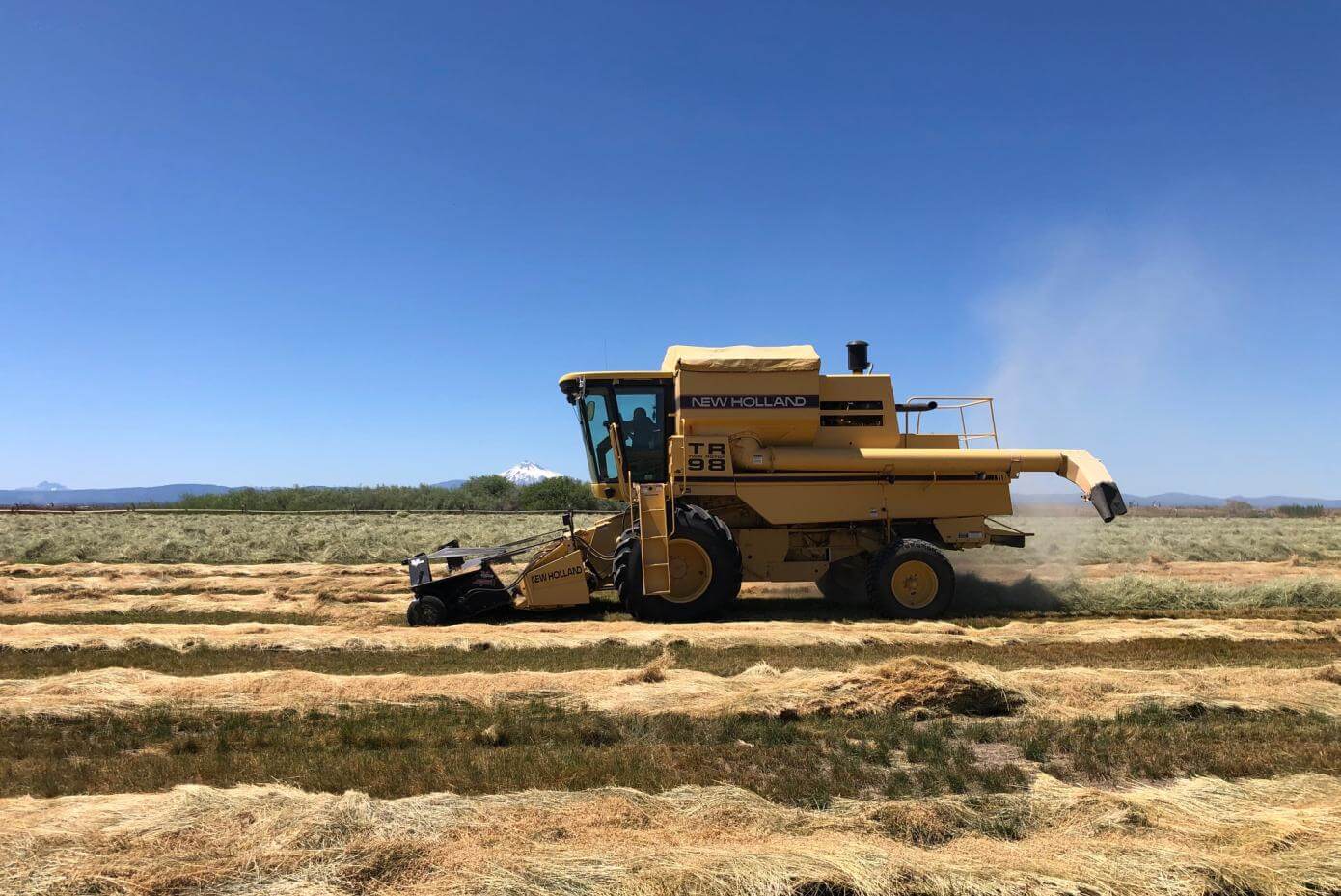Over the past 60 days, we have seen the old crop gulf, KY-31, fawn, and much of the tetraploid annual ryegrass ship out. At present, shipping activity is very strong, and now without that carryover, it is “all hands on deck” at cleaning facilities, seed testing labs, local dray services, trucking, and all the other components that help the Willamette Valley ship seed around the world. When one stops and ponders the many pieces that all have to work together, its rather spectacular!
Market Update
Since our last newsletter, about 40 days, we can report these market changes and observations:
- Annual ryegrass - Both Gulf and proprietary annual ryegrass seem to be at a price which is currently acceptable, even though not desirable, to both growers and buyers. Final yield and early consumption could push it up or down.
- KY-31/fawn tall fescue - This market continues to strengthen as a weak Midwest crop moves additional buyers to Oregon. At present, both prompt and future offerings are available only as growers decide to sell.
- Turf tall fescue - Carryover plus promising yields have brought this market down. Growers and dealers just agreed to a fall price. Early market demand is strong.
- Turf perennial ryegrass - The lack of carryover and a higher grower price has moved this market up.
- Orchardgrass - Price adjustment earlier this spring seem to be in place and market seems stable.
- Crimson clover - This one tumbled down the past 30 days. Typical season movement should stabilize price.
- Medium red clover - Dry weather is bringing about concerns. Crop not harvested yet.
- Hairy vetch - Excellent movement has cleaned up available crop. No news on new crop yet.
- Radish - Old crop movement has been excellent. New crop can’t arrive soon enough.
A New Tool For The Toolbox
In April, we introduced a new diploid annual ryegrass named Rapido. We call this early maturing variety a “specialty” ryegrass. It is not for every situation, but might be the best solution for specific situations. Here’s why:
- Rapido begins growing rapidly in late winter and early spring. This early-season growth plus fast regrowth should be advantageous for grazers and forage producers needing high-quality forage early in the season when other forages are not as active. Silage operators and cover crop farmers can benefit from the production of higher biomass earlier in the season.
- While Rapido will provide season-long forage, it should also mature earlier, thus minimizing competition with perennial warm season crops and making summer transition easier.
We’ve been testing Rapido throughout the South and have begun compiling the data on our website. At present, we are placing acres for 2021 harvest. Get in on the action! Visit www.SmithSeed.com or call your Smith Seed representative to find out how you can add this specialty tool into your toolbox.
